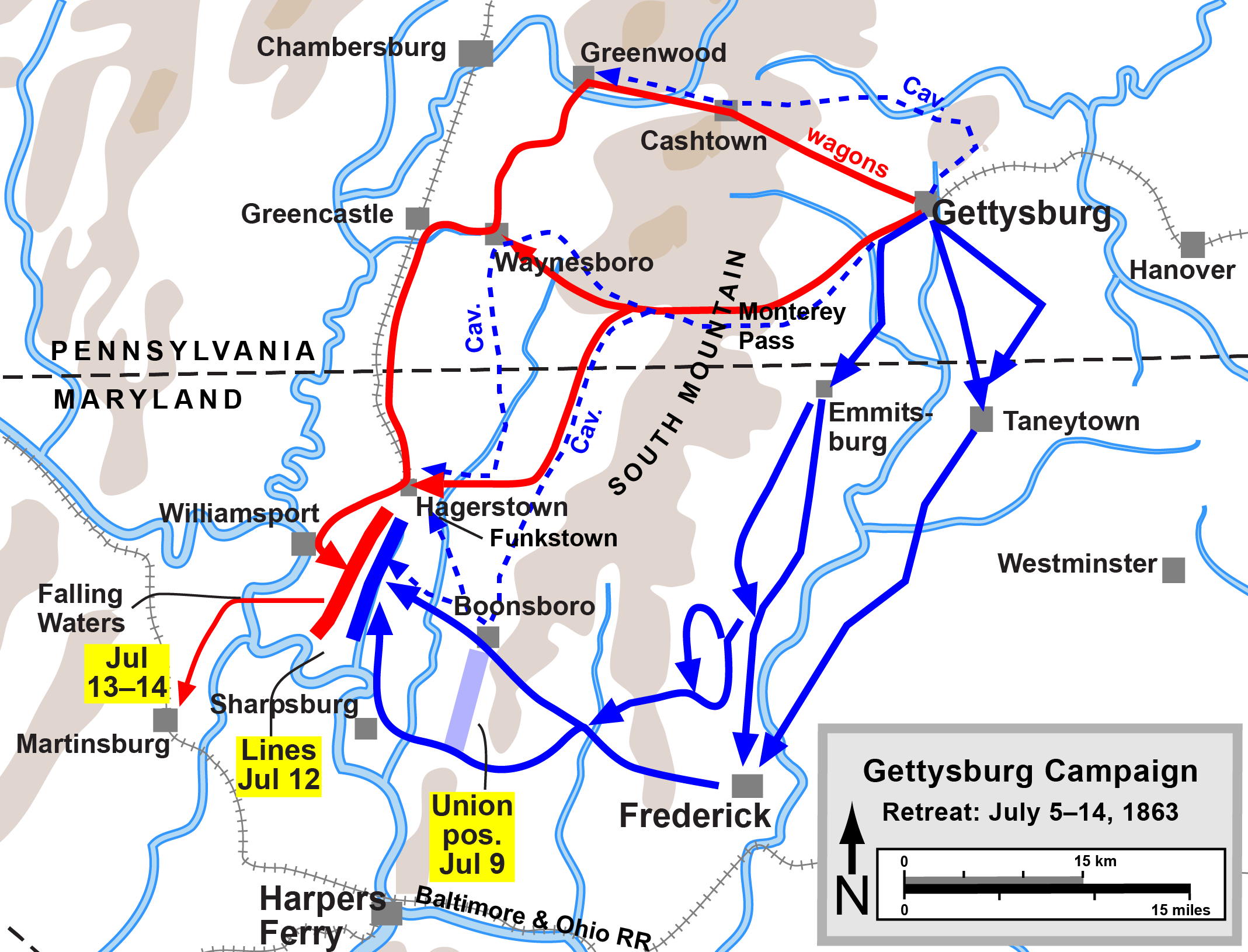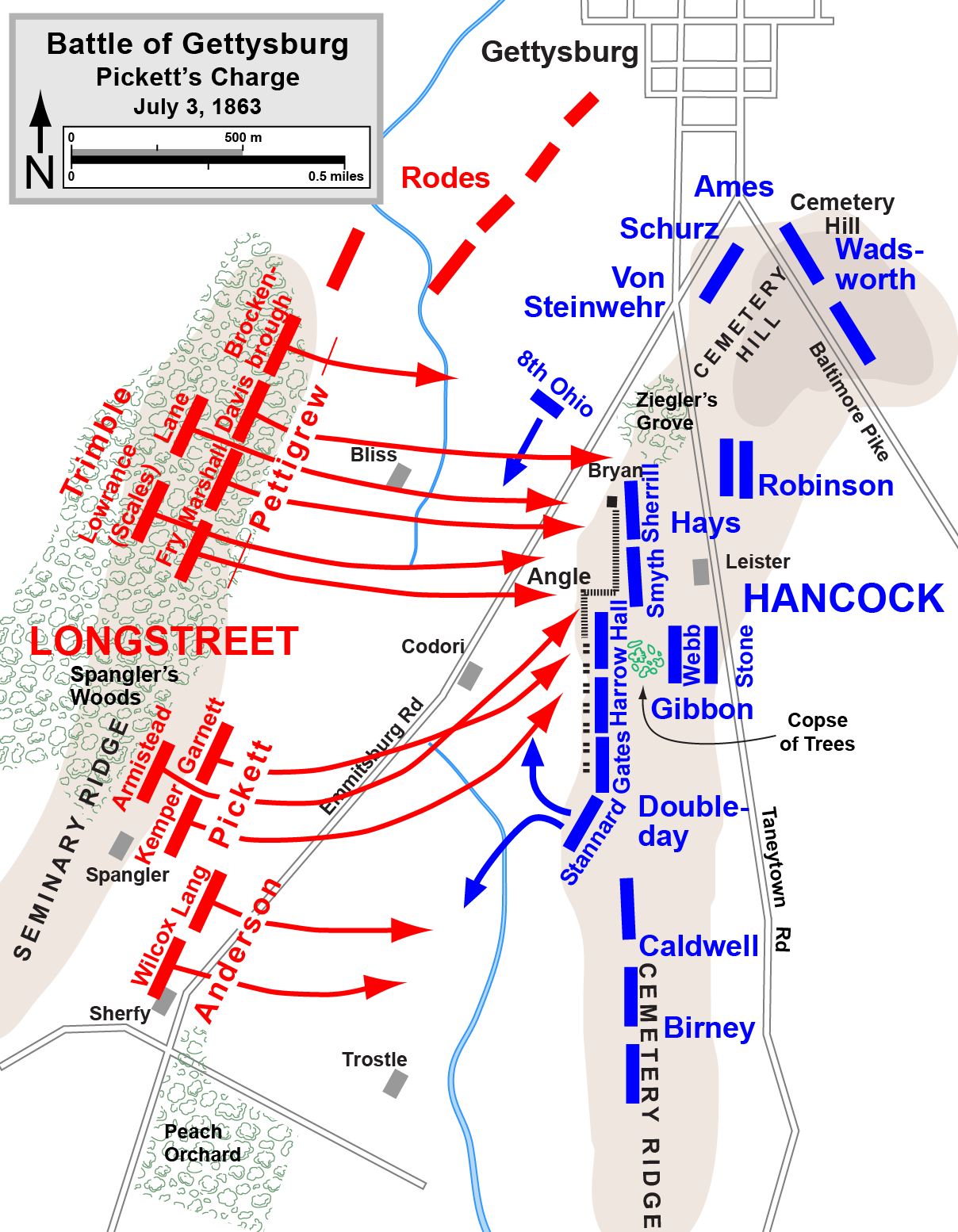Mary Deborah Petite on “The Women Will Howl”
Slicing through Civil War history is not unlike cutting through a layer cake. The icing represents themes of grandeur and glory, the first layer, the epic battles and their heroic outcomes. The next layer represents the decorated heroes and martyrs, the major players. Following them are the histories of the Armies, Divisions, Brigades, and their bold leaders. Finally, and after all else, come the stories of the common soldier. What is frequently overlooked, however, is that the stage upon which these great battles are fought, the land across which armies of tens of thousands surge, also represents the lives of the millions of civilians who depend on that land for their industry and survival. Their voices are rarely heard. And so it was with the women mill-workers of the small mill town of Roswell, Georgia, when William Tecumseh Sherman’s cavalry swept into town on July 5, 1864. Continue reading







